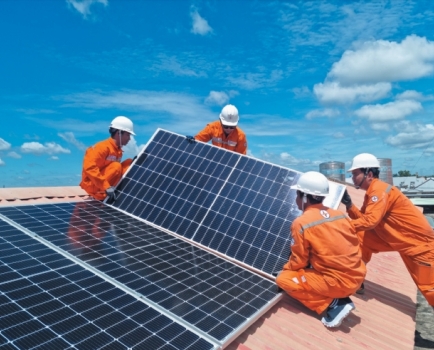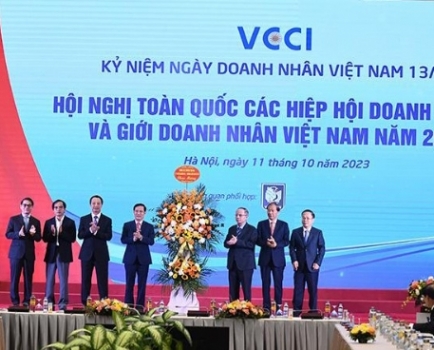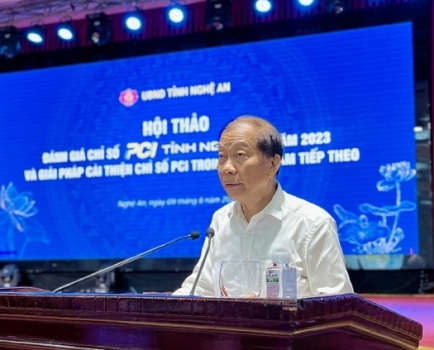FTA tariff incentives yet to be fully optimized
Thu, 25 Jul 2019 13:49:00 | Print | Email Share:
VOV.VN - Vietnamese exports, which benefited from the tax incentive mechanism of the free trade agreements (FTA) the country has signed, posted US$46.2 billion in value during 2018, or 39 per cent of the total exports to the FTA signatories.

Agricultural exports reportedly make the best use of FTA tariffs due to
their compliance with origin rules imposed on raw products and others
for processed categories. (Illustrative photo: VOV)
This trade gap was noted in a recent statistical report by the Ministry of Industry and Trade (MoIT), according to Vietnam Economic Times.
As per export revenue, goods sent to China, worth a total of US$12 billion, topped the list of Vietnamese exports utilizing FTA tariff incentives last year. They were followed by those shipped to the Republic of Korea (RoK) with the export value of US$11 billion and ASEAN member countries with US$8.5 billion.
Shipments to India reportedly made good use of the tax incentives prescribed in the ASEAN - India Free Trade Area (AIFTA) with the export value reaching US$4.7 billion last year.
This figure accounted for 72 per cent of the total exports to the Indian market, a 2.6-time rise in comparison with the previous year.
Following were exports to Chile with a proportion of 67 per cent and those to the RoK with 60 per cent. Elsewhere, exports to neighbouring countries such as Laos and Cambodia recorded moderate ratios of 0.02 per cent and 10 per cent, respectively.
Agricultural exports made the best use of FTA tariffs due to their compliance with origin rules imposed on raw products and others for processed categories.
Industrial items recorded a fairly low proportion of the total exports benefiting from FTA tariff incentives as satisfying the technical specifications as required by importers remained a challenging matter.
During a recent workshop aimed to discuss the opportunities and pitfalls arising from the EU-Vietnam Free Trade Agreement (EVFTA), Nguyen Thi Thu Trang, director of the WTO and Integration Center under the Vietnam Chamber of Commerce and Industry, cited outcomes from a recent business survey as showing that up to 84 per cent of the queried firms admitted their failure to optimize FTA tariff incentives due to a lack of information on relevant commitments and how best to utilize them.
This could be blamed for shortcomings from both State management agencies and enterprises themselves. The Ministry of Industry and Trade has yet to establish entities in charge of providing information related to FTAs, excluding the Comprehensive and Progressive Agreement for Trans-Pacific Partnership (CPTPP), while local firms have not been active enough in updating themselves on relevant information.
As many as 82 per cent of the surveyed firms criticized State management agencies for their inadequacies and non-transparency in implementing FTAs, notably those in relation to delayed procedures.
There exists a large number of differences among regulations as committed in the FTAs, explained Ngo Chung Khanh, deputy head of the Multilateral Trade Policy Department under the MoIT.
He added that the rules which Vietnam has pledged to follow in the CPTPP vary from the EU-Vietnam Free Trade Agreement (EVFTA) on occasion, unintentionally making State management agencies face challenges when implementing these trade pacts.
Foreign-invested firms in Vietnam have made better use of FTA incentives, especially those on preferential certificate origin, than domestic companies did, the trade official stressed.
By: VOV
---------------------------------------------
Same category News :













